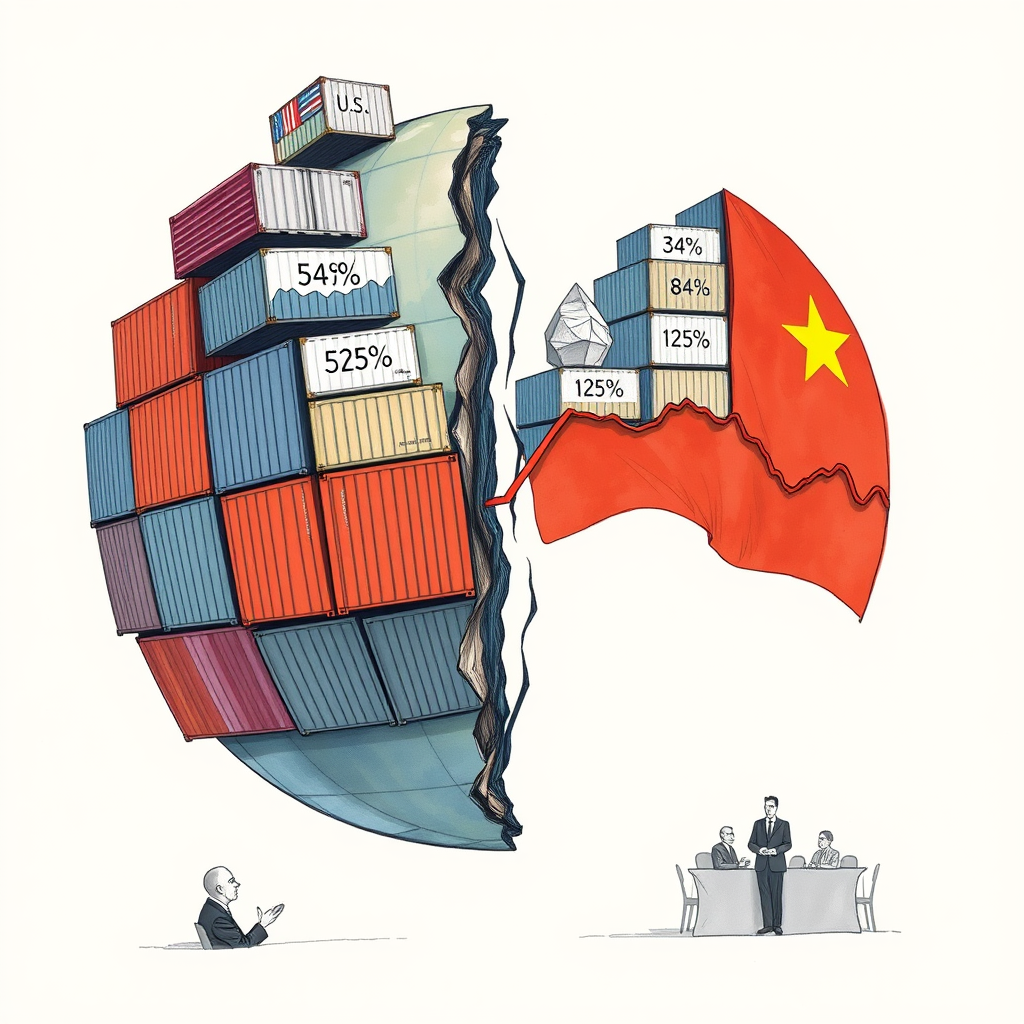Trump’s Trade War With China Timeline

The recent flurry of economic activity between the United States and China, culminating in planned trade talks in London, marks a dramatic and volatile period in their economic relationship. Following President Trump’s return to office, the re-ignition of a trade war has seen escalating tariffs and accusations of broken agreements, creating significant uncertainty for global markets and supply chains. While both sides express optimism – Trump posting on social media about a potentially “very good” outcome – a review of the past few weeks reveals a pattern of rapid escalation and shifting positions.
The conflict began in February with the imposition of increased tariffs on Chinese goods, initially framed as a measure to curb the flow of fentanyl into the U.S. Canada and Mexico also faced tariffs under the same rationale. China swiftly retaliated with tariffs on coal, liquefied natural gas, crude oil, and agricultural products, alongside export controls on crucial rare earth minerals – a move widely interpreted as leveraging a key strategic resource.
The tit-for-tat escalation continued at a dizzying pace. Trump implemented further tariffs, including a “Liberation Day” universal tariff reaching 54% on Chinese goods, and repeatedly adjusted the de minimis exemption for packages, creating confusion for importers and consumers. China responded in kind, raising tariffs to 34%, 84%, and ultimately 125% – even threatening to ignore further U.S. tariffs. At one point, the U.S. tariff rate reached a staggering 145%.
A temporary reprieve appeared in May with a Geneva agreement to reduce reciprocal tariffs to 30% and 10% respectively, alongside a 90-day pause on other trade barriers. However, this fragile truce quickly unraveled. Trump accused China of reneging on the deal, specifically alleging that China failed to ease restrictions on rare earth exports. China countered by pointing to U.S. actions, including export controls on AI chips, restrictions on chip design software, and the revocation of Chinese student visas, arguing these violated previous agreements.
The situation highlights the inherent instability of a trade policy driven by rapid, unilateral decisions and public pronouncements. While the upcoming London talks offer a potential path toward de-escalation, the recent history suggests that a durable resolution will require a more consistent and predictable approach from both sides. The reliance on social media for key announcements and the constant threat of further escalation have created an environment of distrust and uncertainty, damaging business confidence and potentially hindering long-term economic growth.
A phone call between Trump and Xi in early June, lasting approximately 90 minutes, offered a glimmer of hope, but ultimately, the success of the London talks will depend on whether both sides can move beyond accusations and focus on establishing a framework for fair and reciprocal trade. The appointment of Treasury Secretary Scott Bessent, Commerce Secretary Howard Lutnick, and United States Trade Representative Jamieson Greer to lead the U.S. delegation signals a willingness to engage in serious negotiations, but the shadow of past disagreements looms large.